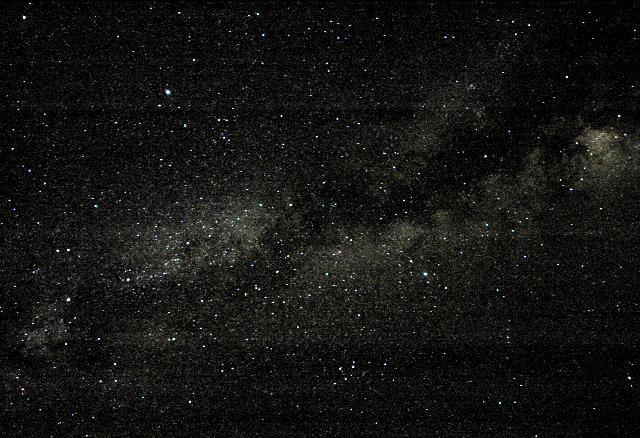The Who, "Teenage Wasteland"
Salvador Dali, The Persistence of Memory [meaning],1931.
Do conscious and subconscious arise from an unconscious darkness from which we emerge in only momentary awakenings ?

- play of light
- color
- compositon
- visual learning
"this important Surrealist work.
Dali's unquestioned genius lay in his ability to have created images of such evocative ideas that these paintings are almost disturbing, yet entirely on the edge of incomprehenibility and understanding.
"Dali, however, doesn't go over the border to create visions based on disgust and shock value. Dali isn't trying to shock" the viewer of his paintings so much as he hoping to bewilder us.
Dali himself never explained his works with seriousness."
"There are two tiny rocks sitting in the sand on the beach in the background. The rock to the left is in the shadow, and the one to the right is lit.
Note that the ants, the three melted clocks and a fetus-like object all reside in the shade as well. Whereas, the mountains and the water are lit by sunlight.
Here we can see the difference between soft (uncertain) and hard (certain) objects.
You can draw a diagonal line between the shadowed place and the lit areas of this painting. Perhaps the distorted (soft) images that are in the shade are representing subconscious images, and the sun-lit mountain (hard) and water represent consciousness.
The painting almost makes the viewer look at consciousness as 'the light at the end of the tunnel' from this angle."
"Dali often called his paintings 'hand-painted dream photographs' because of the technical and visual quality of his work."
Source: About Authentic Society